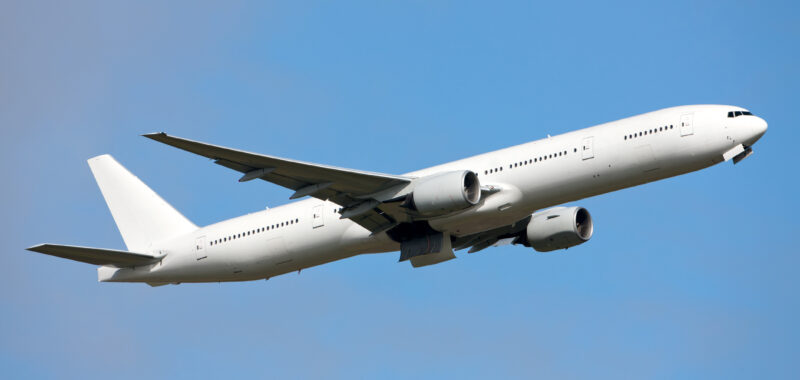The aerospace giant may have booked 228 new orders for planes this year, but its net new orders number is less impressive.
The COVID-19 pandemic came close to wrecking Boeing‘s (BA -0.19%) business. It delivered just 380 commercial airplanes in 2019 — down by half from 2018 — as it reeled from a pair of 737 MAX crashes and the grounding of those aircraft that followed. When COVID struck and demand for air travel shriveled, its airliner deliveries were cut in half again to just 157 in 2020.
But ever since then, Boeing has been growing.
In 2021, the Boeing Commercial Airplanes division delivered 340 units — almost equal to the 2019 figure. In 2022, it delivered 480, and last year, the number reached 528. According to data from Statista, that brought Boeing back to just about the same number of airplanes it delivered way back in 2001.
So… progress. And yet, new data from Boeing suggest harder times lie ahead.
How are things going for Boeing in 2024?
Last week, Boeing updated its orders and deliveries data to reflect airplane orders and deliveries received through the end of July. Year to date, it has delivered 218 commercial planes to its airline customers. Boeing also booked 228 new orders for airplanes.
As long as Boeing brings in new orders for planes faster than it fulfills existing orders, its backlog, its sales, and its profits should continue to grow. And management says it hopes to accelerate plane output this year, so as to make that happen.
There’s both bad news and good news on that front.
In July, Boeing delivered only 43 planes to its customers — flat against June. Meanwhile, new orders totaled 72 units, up from 52 units in June, helping to grow the order book.
So far, so good. Boeing isn’t growing its output yet. But at least, thanks to order growth, it grew its backlog of future work to be done (and converted into revenue) by 20 planes. That being said, this was just one month’s result. The bigger picture for Boeing doesn’t look quite so bright.
Boeing’s backlog shrinks
Pull back the camera a bit, and look at the changes in Boeing’s order book year to date. As already mentioned, the company has booked 228 new orders for planes so far in 2024. This is the “gross order” number. Cancellations, conversions, and other changes to orders placed, however, can result in a smaller “net order” tally.
In Boeing’s case, cancellations and conversions lowered the company’s net order amount by 42 planes to just 186 net orders received (and held onto) this year. That was bad enough, but Boeing then applied the ASC 606 accounting standard to the net order number, which cut it by nearly half.
Developed by the Financial Accounting Standards Board and the International Accounting Standards Board, ASC 606 instructs companies to not count in their backlogs even firm contractual orders that — for whatever reason — might not actually result in sales. For example, if a customer has a right to cancel a firm order, or if a customer might go out of business before it can pay for planes it has purchased, ASC 606 would require those to be subtracted from the backlog.
Boeing didn’t say exactly why it invoked ASC 606, but the effect of this rule was to cut Boeing’s year-to-date net new orders to just 98 planes.
Against 228 deliveries, that means that the order book has actually shrunk by 130 planes so far this year.
|
Plane types |
Delivered |
Gross New Orders |
Net New Orders |
|---|---|---|---|
|
737 |
169 |
158 |
35 |
|
767 |
13 |
0 |
0 |
|
777 |
8 |
47 |
41 |
|
787 |
28 |
23 |
22 |
|
Total |
218 |
228 |
98 |
What it means for investors
What’s the takeaway for Boeing investors from all of these numbers? First and foremost, The aerospace giant’s backlog of unfilled orders is shrinking. Its 98 net new orders are not enough to replace the 218 planes already delivered this year. And the dramatic decline in demand for its workhorse 737 — which Statista data suggests may account for as much as one-third of Boeing’s annual revenue — is especially worrisome.
The good news is that Boeing’s backlog is still massive at 6,184 planes. That’s enough work to keep Boeing busy for a dozen years straight at current production rates, even if new orders dry up entirely.
Long story short, Boeing isn’t going away anytime soon. Although it certainly has problems that need fixing, its huge book of business means it’s also got plenty of time to figure out solutions and get back on track.

